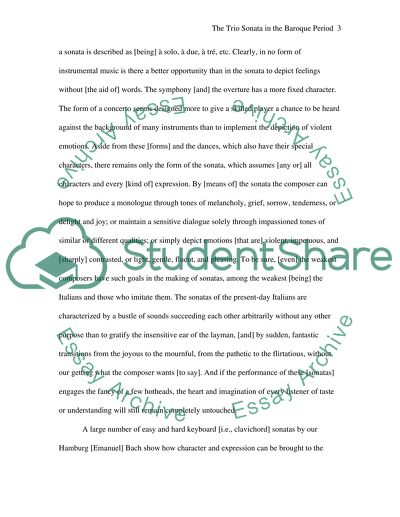Cite this document
(“The Trio Sonata in the Baroque Period Essay Example | Topics and Well Written Essays - 3000 words”, n.d.)
Retrieved from https://studentshare.org/performing-arts/1530115-the-trio-sonata-in-the-baroque-period
Retrieved from https://studentshare.org/performing-arts/1530115-the-trio-sonata-in-the-baroque-period
(The Trio Sonata in the Baroque Period Essay Example | Topics and Well Written Essays - 3000 Words)
https://studentshare.org/performing-arts/1530115-the-trio-sonata-in-the-baroque-period.
https://studentshare.org/performing-arts/1530115-the-trio-sonata-in-the-baroque-period.
“The Trio Sonata in the Baroque Period Essay Example | Topics and Well Written Essays - 3000 Words”, n.d. https://studentshare.org/performing-arts/1530115-the-trio-sonata-in-the-baroque-period.


